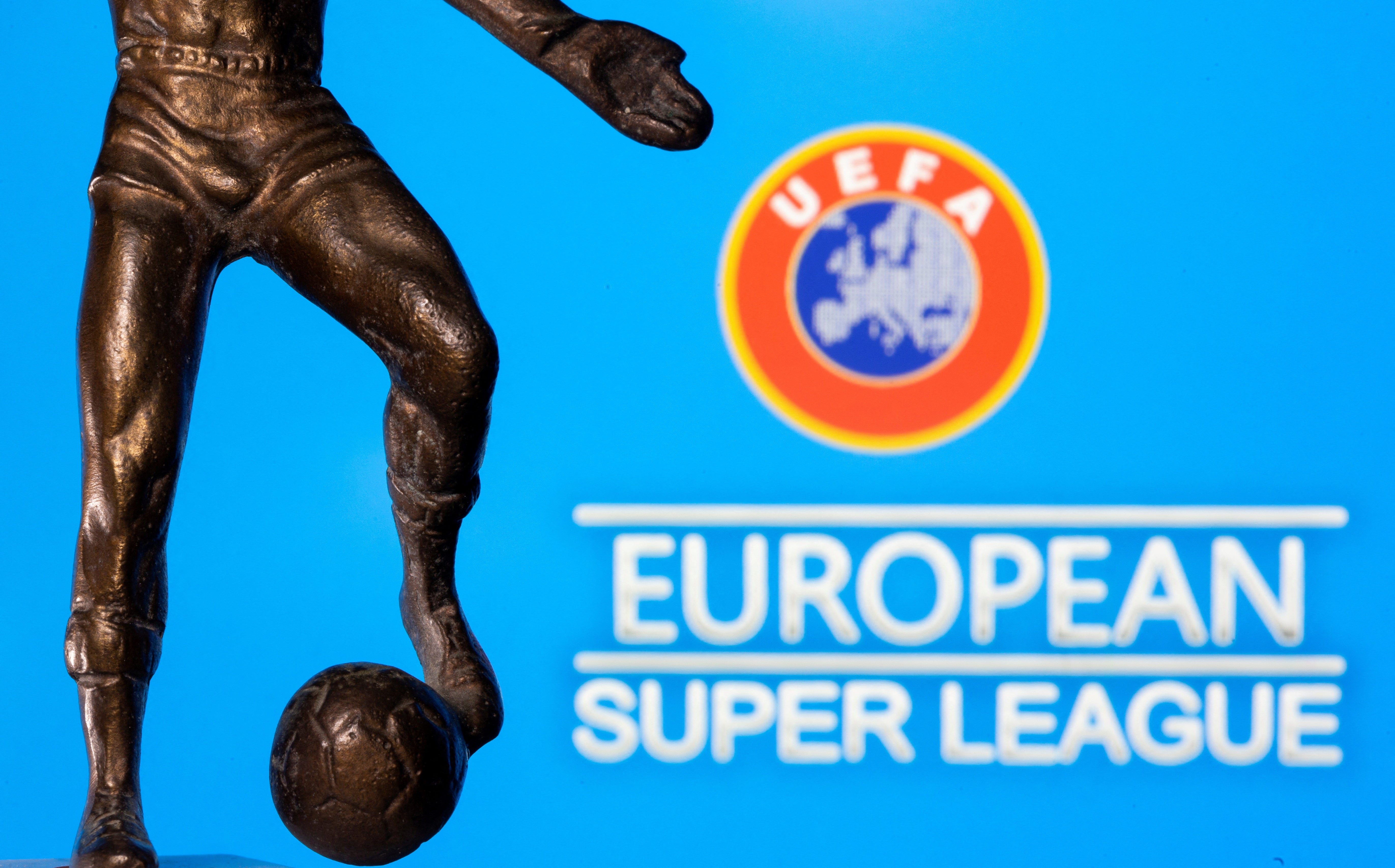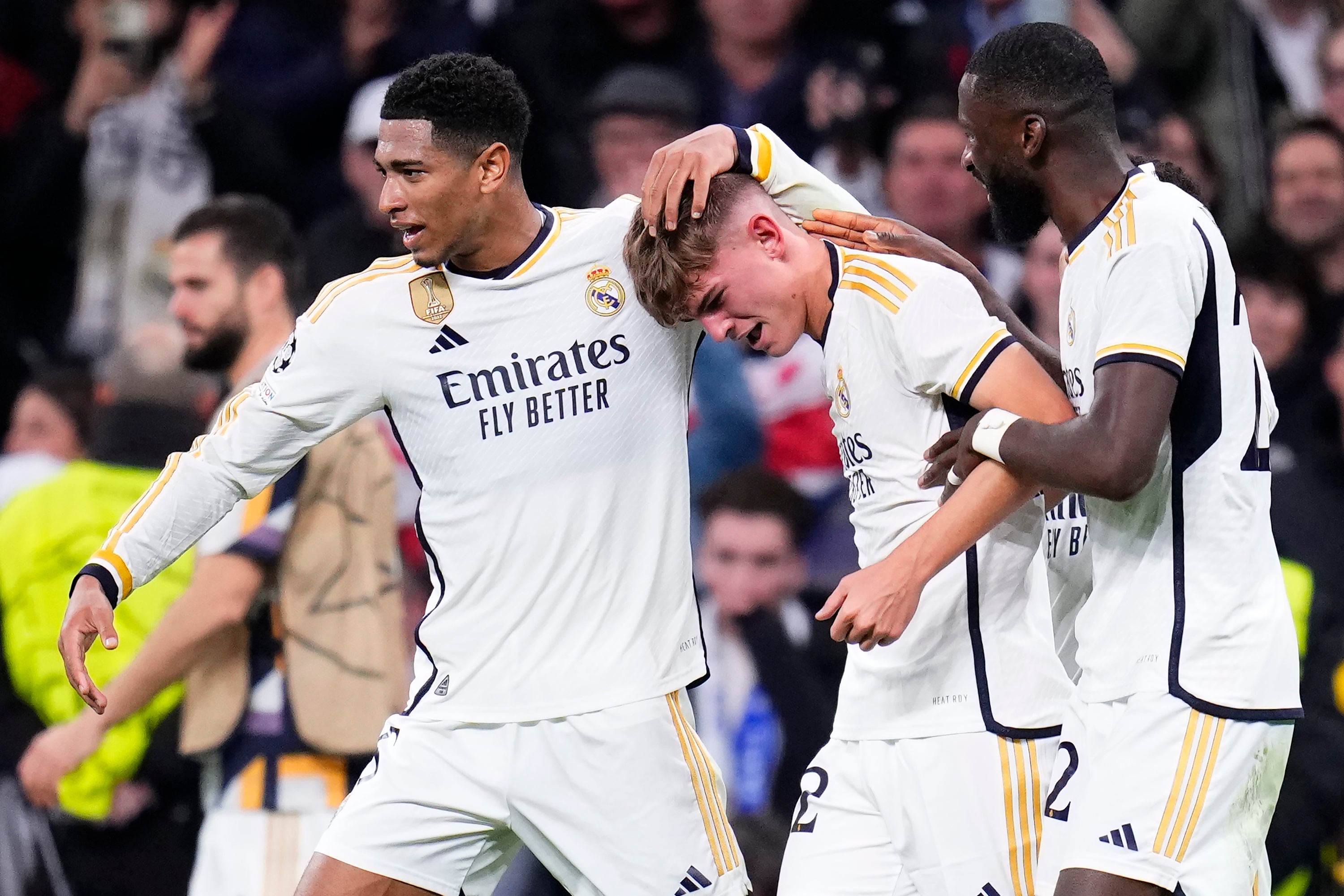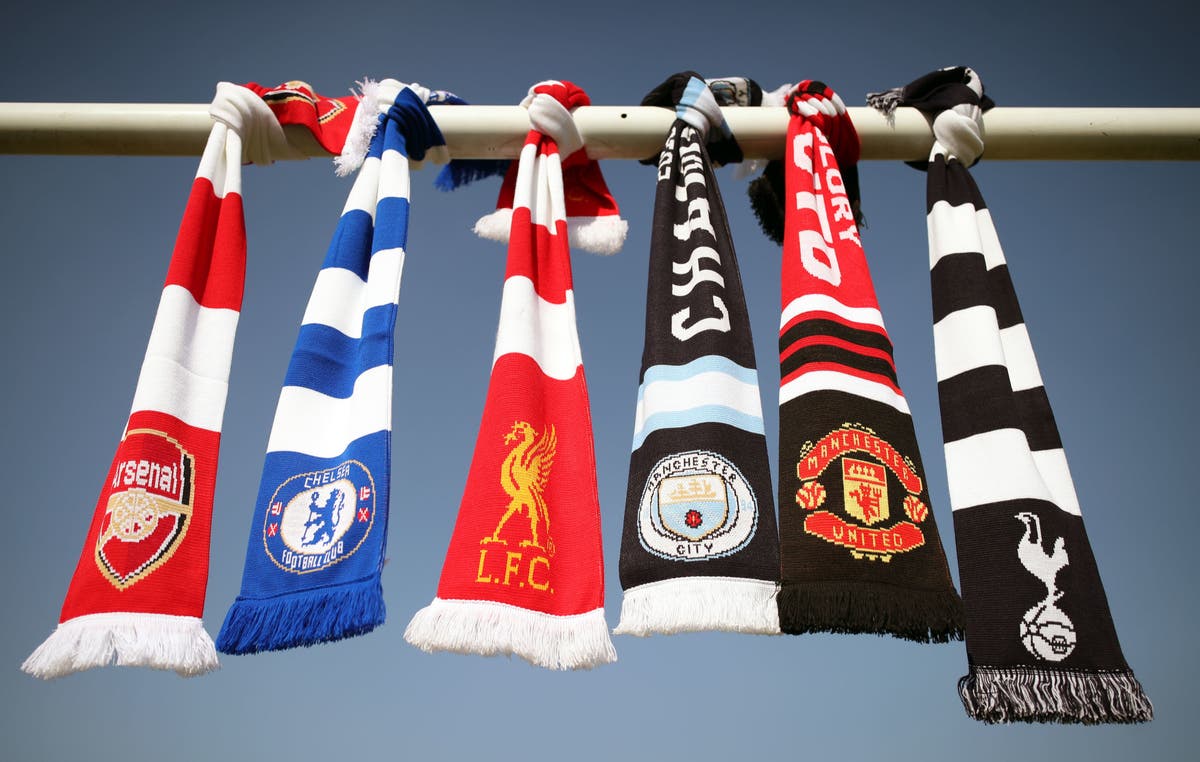Amid the thousands of words in the European Court of Justice ruling, as well as those addressing the immediate relaunch of the European Super League, the only ones that really matter are whether or not the project can go ahead.
The answer is that it remains complicated, and all advantage still lies with Uefa, as well as sporting governing bodies generally. The Super League is still subject to Uefa’s authorisation rules and procedures but those rules have to be much more transparent. On the other side, clubs will also have to be more involved in decision-making. It does create a potential legal grey area. Put bluntly: the Super League would still have to get some form of permission to launch if its clubs want to remain in the existing system, which they have already said they do.
The result of all of this is that Uefa has to amend and update its rules on the pre-authorisation of new competitions and make them compliant with European Union law. Uefa was rebuked for the procedure of its laws rather than the substance. The old rules, which are in the process of changing, were criticised. That doesn’t mean it was wrong to have such rules.
An irony is that those regulations were already addressed in June 2022. The court, however, could only rule on the situation as it was presented. It was already out of date. The rules just need to be worked on.
The Super League, meanwhile, never actually tested those rules. It never applied for authorisation.
“Uefa is confident in the robustness of its new rules, and specifically that they comply with all relevant European laws and regulations,” a statement read.
There is a huge irony that key figures in the Super League had been privy to the progress of this before the launch of the project in April 2021, particularly with former Juventus president Andrea Agnelli on the Uefa Executive Committee. They never inquired about it. “The joined-up thinking,” in the words of one prominent European executive not involved on either side, “is never there”.
The unity of European football has held for now, and perhaps for some time to come.
This ruling has essentially protected the powers of Uefa and Fifa. They can still organise their own competitions. There is no requirement to break up.

That is perhaps the key point. Figures behind the Super League had been supremely confident that the court would call for some form of separation and that this would be their way in. It was described as more than a 99 per cent chance. This hasn’t happened.
Uefa gets to keep its regulatory monopoly.
There were even indications within the judgment that the court felt Uefa was right to sanction the Super League, and it did say specifically that the verdict does not mean such a “project must necessarily be approved”. The court wasn’t asked to rule on that.
Perhaps the key point in the entire judgment is paragraph 144. It is in purest legalese but essentially recognises that it is legitimate for sporting bodies like Fifa and Uefa to protect sporting merit, something the original Super League tried to undermine with its closed-shop proposal benefiting member clubs.
The ruling says: “Those various specific characteristics support a finding that it is legitimate to subject the organisation and conduct of international professional football competitions to common rules intended to guarantee the homogeneity and coordination of those competitions within an overall match calendar as well as, more broadly, to promote, in a suitable and effective manner, the holding of sporting competitions based on equal opportunities and merit. It is also legitimate to ensure compliance with those common rules through rules such as those put in place by Fifa and Uefa on prior approval of those competitions and the participation of clubs and players therein.”
Just like that paragraph, this story seems endless. It isn’t completely over yet. The Super League’s attempt to immediately declare victory and relaunch its project with more detail was testament to that. It is still a standalone league with only two clubs signed up. It was notable that no others announced their support despite the declaration of victory after the ruling. Virtually everyone in the broadcasting industry, meanwhile, believes the idea of free-to-air coverage is a “fantasy” unless the league can secure 10 years of funding from a sovereign wealth fund or private equity firm.
That is not to say there aren’t real fissures, too. The Super League has been gathering more qualified support because it has been playing into absolutely fair complaints that power in the current Champions League is far too concentrated. Most of the wealth is in a few pockets of Western Europe. Clubs now have to be from a big city in a big country to have any chance of continental success and even that is being threatened by the Premier League. It is appealing for those outside to break that up, even if it would be misguided to put the power of European football into the hands of the very biggest clubs, as the Super League proposes.

That in turn reflects fundamental problems with football governance, and how the executive presidential structure of Uefa and Fifa just doesn’t work in the modern game. If the European Union is interested in the protection of sport, this should be the next step it looks at. The structure has only served the big clubs.
On that, it was similarly instructive that the ruling addressed the redistribution of Champions League prize money, which should hopefully have the effect of further spreading wealth to those outside the elite. A simultaneous ruling on homegrown players declared Uefa’s rules unlawful. That essentially means players from the same national federation aren’t considered academy graduates. While the legalities of this need to now be sorted, it is likely to mean clubs need to bring through more academy-produced players.
Real Madrid’s Florentino Perez could still take Uefa’s licensing rules to the Spanish courts. There are many financial interests constantly trying to exploit the game’s unprecedented popularity. These are among the many forces shaping the game for the future, and it may not look like this in a decade. That is where the real opening for the Super League might lie.
For the moment, however, the structure has held.

